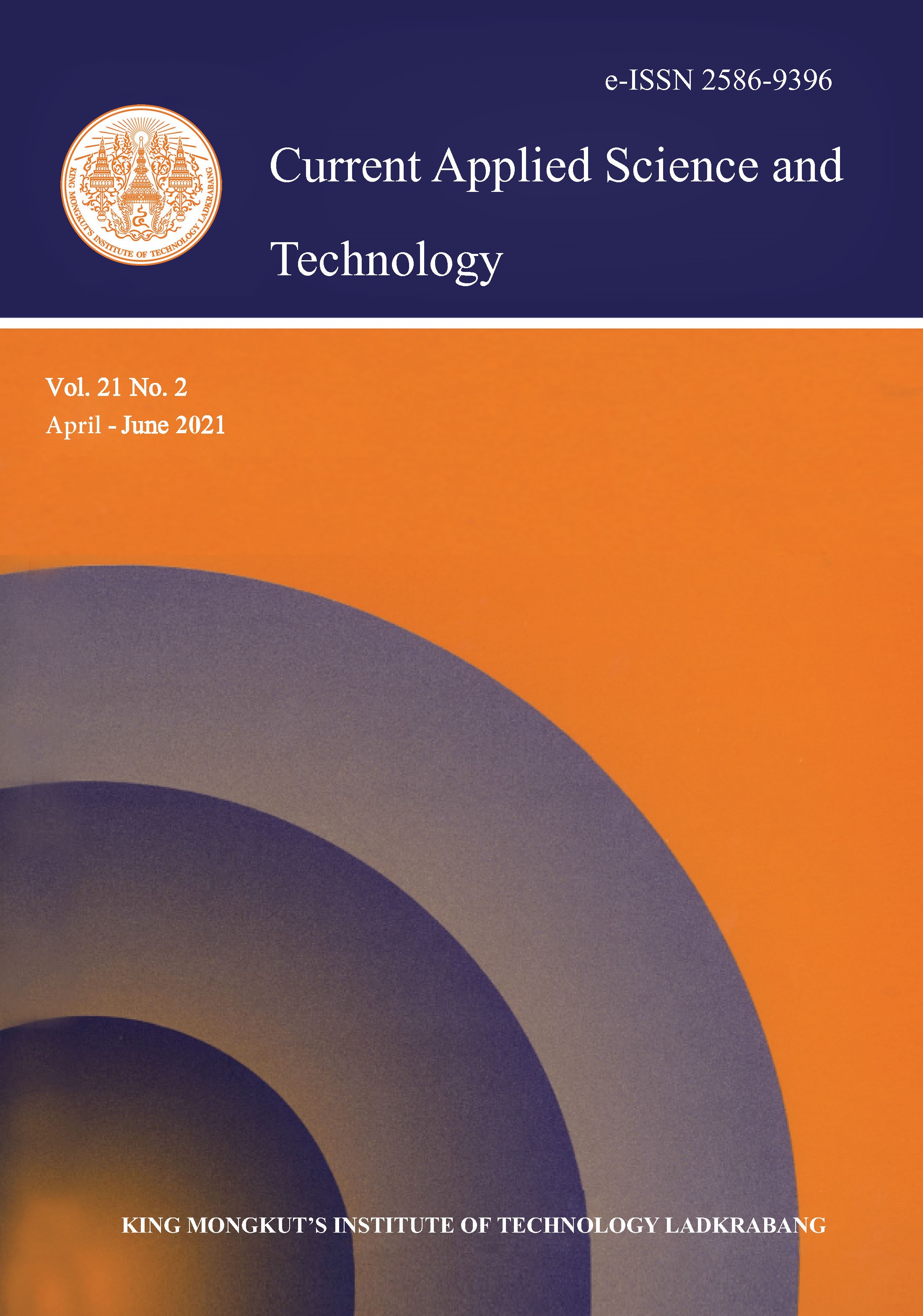Particulate matter (PM), according to World Health Organization (WHO), has caused several millions of deaths, and both the young and old have been affected. To mitigate this problem, the compositions of the elements that make up the PM and their sources must be determined. These can provide the necessary information needed by stakeholders to work on. To this end, the study determined the mass concentrations of the PM10 obtained from the Federal University of Technology, Akure (FUTA), National Museum and Monuments and Oba-Ile; for a period of ten months (January-October, 2018). A total of thirty samples was collected. The PM concentration was calculated gravimetrically and the data were subjected to statistical analyses. The results for PM in µg/m3 were: FUTA (39.10±0.31-133.22±0.21), Museum (49.71±0.11-196.70±0.01), and Oba-Ile (34.50±0.31-161.30±0.42). The results were well above the WHO standard limits. Air Quality Index (AQI) was calculated for each location, and the results for the air quality in Akure showed that the locations were unhealthy for sensitive groups.
Keywords: particulate matter; AQI; anthropogenic activities; WHO; Akure; Nigeria
*Corresponding author: Tel: +2348034458674
Email: walefut@gmail.com
Ndamitso, M. M. undefined. ., Iyaka, Y. A. undefined. ., Abdulkadir, A. undefined. ., & Abulude*, F. O. undefined. . (2020). Evaluation of Atmospheric PM10 in the Southwest Region of Nigeria. CURRENT APPLIED SCIENCE AND TECHNOLOGY, 218-226.
